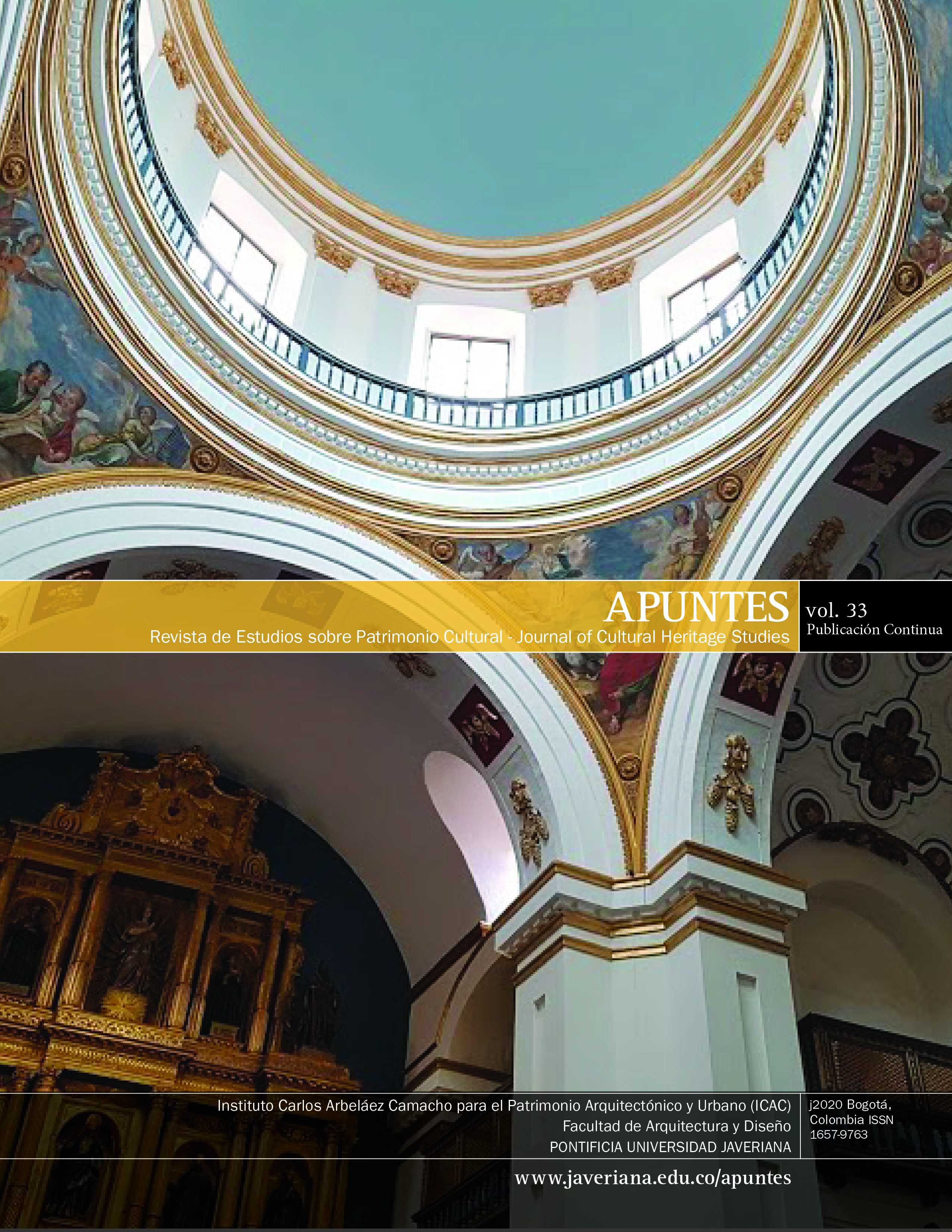Resumen
El presente trabajo tiene como objetivo analizar un proyecto de patrimonio industrial que tuvo procesos de rehabilitación, recuperación y reciclaje, que fueron realizados por Peter Latz (1990-2000). En este orden de ideas, surgieron dos preguntas de interés que conllevaron a realizar un análisis de caso: ¿por qué es importante conservar la industria cuando su uso ha cesado? y ¿cuáles son los aportes positivos de recuperar el patrimonio industrial para rescatar el medio ambiente y la identidad colectiva? Así, responder a esta pregunta es el objetivo principal. Para realizar el análisis de este proyecto de patrimonio industrial, se utilizó la línea conceptual de la rueda de la sostenibilidad de los libros Versus: Heritage for Tomorrow.Vernacular Knowledge for Sustainable Architecture (Correia et al., 2014) y Verb List Compilation: Actions to Relate to Oneself (Serra, 1967). Finalmente, los resultados encontrados muestran que hoy, la herencia industrial es visible, con elementos de patrimonio que se han reconvertido en otros usos, como lo son los altos hornos, gasómetros o castilletes de extracción que han adoptado usos culturales; así, estas industrias se recorren a través de un recorrido de 400 km a través de la cuenca del Ruhr y permiten la interacción con la población, que realiza un proceso de reconocimiento histórico y una apropiación del estado actual de las estructuras del parque, comprendiendo sus nuevas funciones (Koch y González, 2018).
Capdevila, I. (2012). Metamorfosis verde, el Landschaftpark de Duisburg (Alemania). Universidad de Alicante. https://wearethecityheroes.wordpress.com/2013/02/01/metamorfosis-verde-el-landschaftpark-de-duisburg-alemania/
Correia, M., Dipasquale, L., y Mecca, S. (Eds.). (2014). Versus: Heritage for Tomorrow. Vernacular Knowledge for Sustainable Architecture. Firenze University Press.
De Molina Rodríguez, S., y Colmenares Vilata, S. (2011). En Actas I Congreso Internacional de Investigación sobre Paisaje Industrial (pp. 1-10). Universidad Politécnica de Madrid.
Koch, L., y González, M. S. (2018). La Cuenca del Ruhr en Alemania: Turismo industrial como ejemplo de la reconversión económica de una región. Revista Turismo & Desenvolvimento, 3(21-22), 423-434.
Latz, P. (2003). Landscape Park Duisburg-Nord: the metamorphosis of an industrial site. En N. Kirkwood (Ed.), ManufacturedSites (pp. 163-178). Taylor & Francis.
Neila-González, F. J. (2004). Arquitectura bioclimática en un entorno sostenible. Editorial Munilla-Lería.
Oliver, P. (2006). Built to meet needs: cultural issues in vernacular architecture. Elsevier.
Real Academia de la Lengua Española. (1992). Diccionario de la lengua española (21. ed.).
Serra, R. (1967). Verb List Compilation: Actions to Relate to Oneself [lápiz sobre papel]. Museum of Modern Art, Nueva York, NY, Estados Unidos. https://www.moma.org/collection/works/152793
Zupančič, D. (2009). Economy and common-sense simple solutions from past for today and beyond. Edicom Edizioni, Monfalcone.

Esta obra está bajo una licencia internacional Creative Commons Atribución 4.0.


